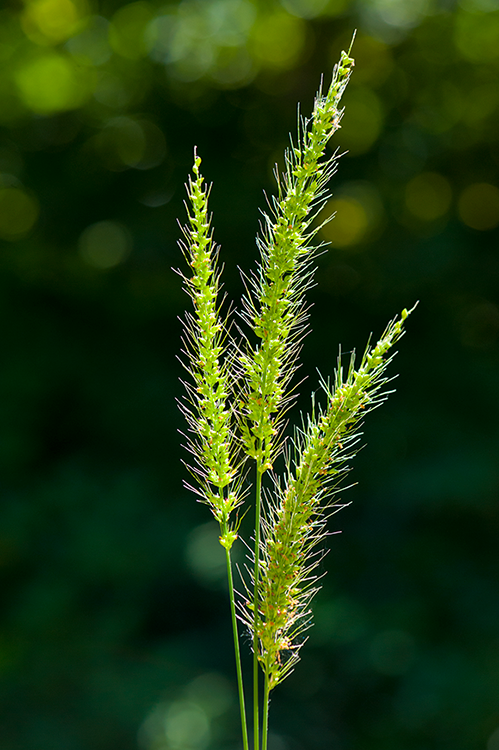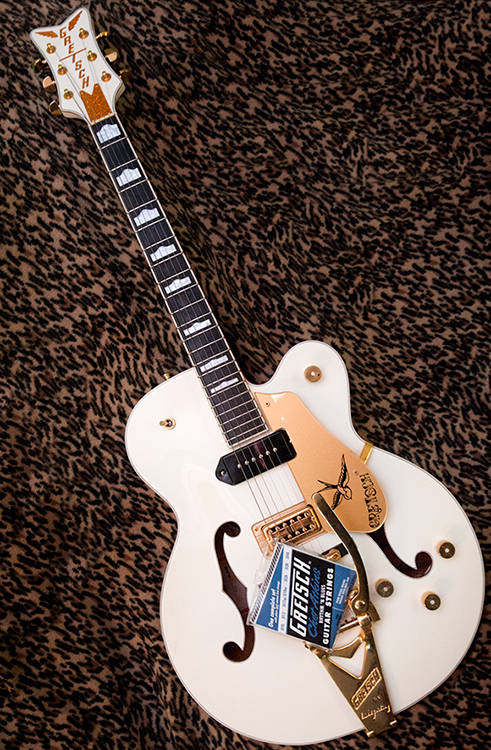AA.1 A simple, uncluttered image makes for a strong composition. Exposure: ISO 1000, f/4.0, 1/80 second using a Nikon 50mm f/1.4G.
Appendix A: General Composition Tips
Photography, like painting, drawing, or just about any visual arts medium, has general rules of composition. These guidelines have been developed through the ages because, to put it simply, they work. That isn’t to say that every time you put your eye up to the viewfinder, you should strictly adhere to all or even any of the so-called rules of composition; sometimes the subject calls for a different approach. However, when you’re just starting out, it’s good to pay attention to these tips because they will definitely help your images stand out from the general snapshots that many people capture with their phone cameras.
Eventually, following the guidelines will become second nature to you. It’s important to know the rules of photography because, once you know them, it’s easier to recognize when you should break them.
Keep It Simple
One of the easiest ways to create an interesting composition is to keep it simple. Having a strong subject that is easy to pick out and focus on holds the viewer’s attention. Having a slew of competing elements in a composition causes it to be messy and distracting, which often leaves the viewer confused.
An easy technique for achieving simplicity in a photograph is to use a wide aperture and a shallow depth of field to isolate the subject from a busy background. By causing the background to go out of focus, you help the subject to stand out better.
Another easy way to isolate your subject is by changing your perspective. Shooting from up high or down low can completely change the background of the same subject; for example, instead of shooting down on a subject and including the ground in the composition, try shooting upward to use a plain blue sky as the background. Simplicity in an image can speak volumes. Try to concentrate on removing unnecessary elements to achieve simple photos with more visual impact.

AA.1 A simple, uncluttered image makes for a strong composition. Exposure: ISO 1000, f/4.0, 1/80 second using a Nikon 50mm f/1.4G.
The Rule of Thirds
Beginning photographers tend to place the subject in the middle of the composition. Although this approach seems to make sense, placing the subject off-center can make your images much more interesting — this is called the Rule of Thirds.
The Rule of Thirds is one of the best compositional guides, and artists throughout history have used it. It involves dividing the image into nine equal parts using two equally spaced horizontal and vertical lines, kind of like a tic-tac-toe pattern. You want to place the main subject of the image at or near the intersection of one of these lines. The D5200 has an option that displays a grid in the viewfinder. Although this grid isn’t quite an exact setup for the Rule of Thirds, it’s close. If you interlace the subject just inside the gridlines in the four corners of the viewfinder, you will be close to creating the Rule of Thirds. You can activate the grid view in Custom Setting Menu (![]() ) d2.
) d2.

AA.2 Placing the main subject in accordance with the Rule of Thirds makes for a more interesting visual composition. Exposure: ISO 100, f/1.4, 1/1000 second using a Nikon 50mm f/1.4G.
When using the Rule of Thirds with a moving subject, you want to keep most of the frame in front of the subject to create the illusion that the subject has somewhere to go within the frame.
Leading Lines and S-Curves
Another very helpful technique is to use natural lines that occur in the scene to help draw the eye through the image. Sometimes these lines may be very distinct, such as the lines of railroad tracks leading to a vanishing point, or the lines can be subtler, like a gentle S-curve in a country road. The key is either to look for leading lines and incorporate them in your images, either as the main subject, or to bring attention to the main subject.

AA.3 Here, I used a very simple subject to create heavily patterned leading lines. Exposure: ISO 200, f/8.0, 1/40 second using a Sigma 17-70mm f/2.8-4 HSM OS.
The Odd Rule
The Odd Rule is a more obscure compositional rule. It’s named not for using subjects that are odd in appearance but for the number of elements that are included in the subject, the point being that an odd number of major elements appears more aesthetically pleasing to the eye than an even number of elements (although even numbers can also be used for symmetrical compositions).
The human eye is naturally drawn to the center of a composition when one central subject is surrounded by an even number of supporting elements (leaving you with an odd number). Compositions with an even number of elements tend to cause the brain to divide the composition, causing the viewer to see the image in separate pieces rather than as a whole.
The Odd Rule works best with three elements in the composition. This provides a pleasing triangular shape or allows two objects to support a third element allowing for a stable appearance. Using more than five elements in the composition generally leads to the photograph appearing cluttered.

AA.4 These three flowering stalks of grass are a simple subject, but also follow the Odd Rule. Exposure: ISO 800, f/8.0, 1/640 second, using a Micro-NIKKOR 105mm f/2.8G VR.
Helpful Hints
There are many compositional tips and guidelines that can help you make your photography more interesting than a standard snapshot. The following list covers a few of the basics:
▶ Frame the subject. Use elements in the foreground to frame the subject; this draws the viewer’s eye to it.
▶ Avoid shots in which the subject looks directly out of the side of the frame to which he is closest. If your subject looks out of the photograph, it can distract the viewer. For example, if your subject is on the left side of the composition, positioning him so that he is facing right is better, and vice versa.
▶ Avoid mergers. A merger occurs when an element from the background appears to be a part of the subject, like the snapshot of granny at the park that looks like she has a tree growing out of the top of her head.
▶ Try not to cut through the joint of a limb. When composing or cropping your picture, it’s best not to cut at a joint, such as an elbow or knee. Also, if hands are included in a photo, you should keep all fingers in the frame.
▶ Avoid bright spots or unnecessary details near the edge of the frame. Anything bright or detailed near the edge of the frame draws the viewer’s eye away from the subject and out of the image.
▶ Fill the frame. Try to make the subject the dominant part of the image. Avoid a lot of empty space around the subject unless it’s essential to make the photograph work.
